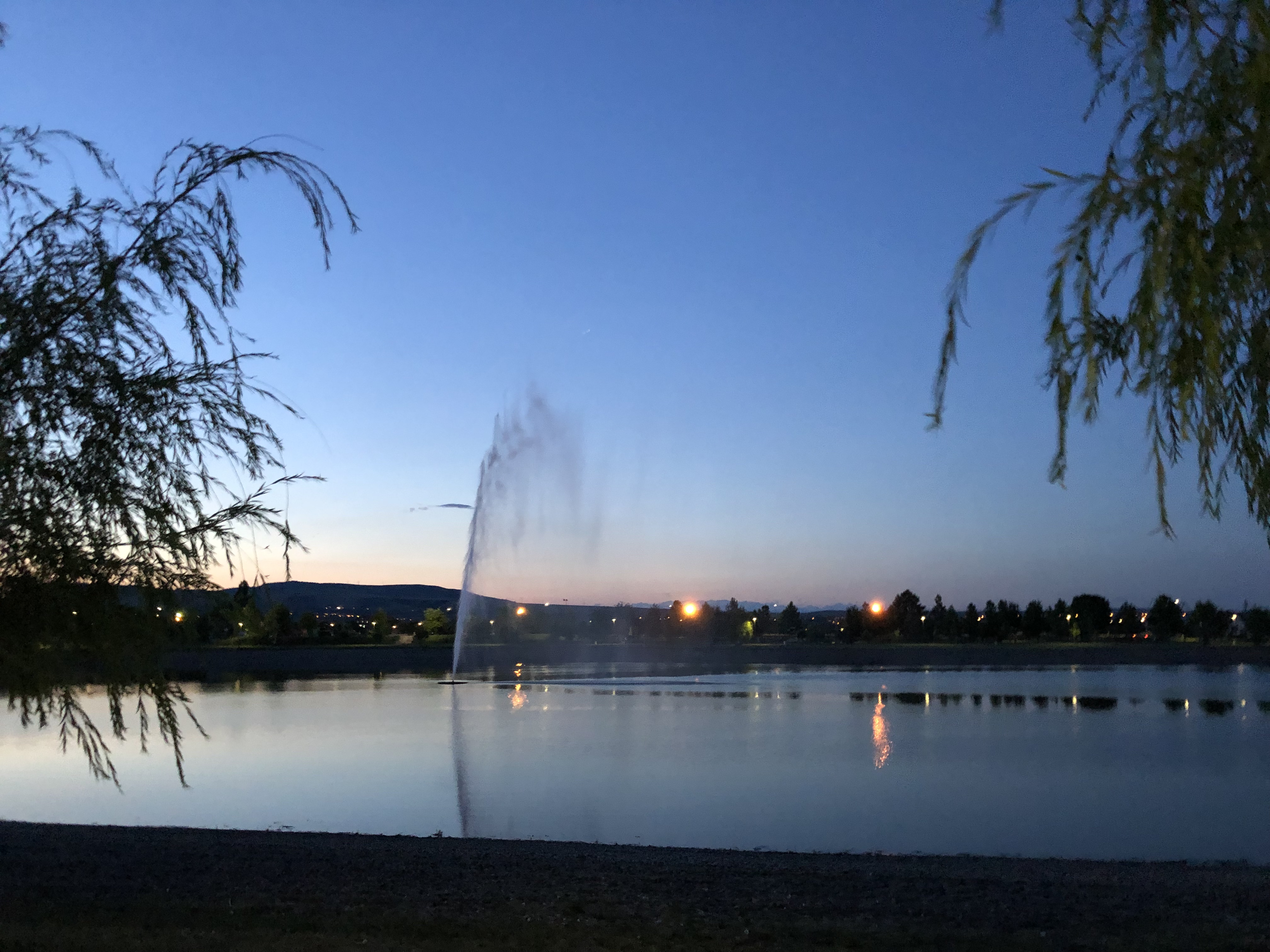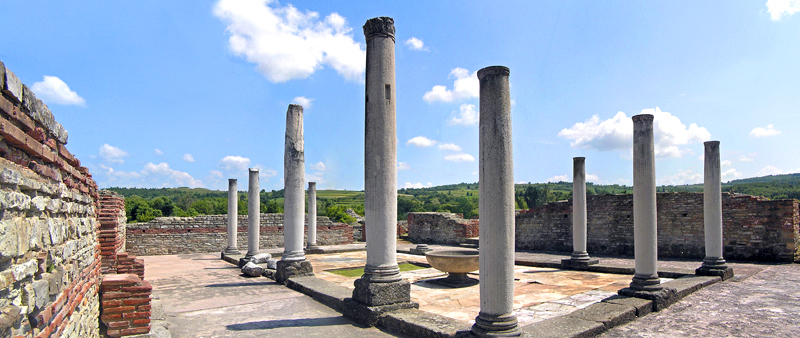|
European Route E771
European route E 771 is a European B class road in Romania and Serbia, connecting the cities Drobeta-Turnu Severin and Niš. Major cities * **Drobeta-Turnu Severin() * **Kladovo **Negotin **Zaječar() **Knjaževac **Niš Niš (; sr-Cyrl, Ниш, ; names in other languages) is the third largest city in Serbia and the administrative center of the Nišava District. It is located in southern part of Serbia. , the city proper has a population of 183,164, while ...() External links UN Economic Commission for Europe: Overall Map of E-road Network (2007) {{E-road International E-road network Roads in Romania Roads in Serbia ... [...More Info...] [...Related Items...] OR: [Wikipedia] [Google] [Baidu] |
Drobeta-Turnu Severin
Drobeta-Turnu Severin (), colloquially Severin, is a city in Mehedinți County, Oltenia, Romania, on the northern bank of the Danube, close to the Iron Gates. "Drobeta" is the name of the ancient Dacian and Roman towns at the site, and the modern town of Turnu Severin received the additional name of Drobeta during Nicolae Ceaușescu's national-communist dictatorship as part of his myth-making efforts. The city administers three villages: Dudașu Schelei, Gura Văii, and Schela Cladovei. The city's population is 92,617 (2011), up from 18,628 in 1900. Etymology Drobeta Drobeta was a Dacian town.Drobeta–Turnu Severin at britannica.com, accessed 2021-10-14. The Roman castrum built by Emperor Trajan at the site preserved the Dacian ... [...More Info...] [...Related Items...] OR: [Wikipedia] [Google] [Baidu] |
Niš
Niš (; sr-Cyrl, Ниш, ; names in other languages) is the third largest city in Serbia and the administrative center of the Nišava District. It is located in southern part of Serbia. , the city proper has a population of 183,164, while its administrative area (City of Niš) has a population of 260,237 inhabitants. Several Roman emperors were born in Niš or used it as a residence: Constantine the Great, the first Christian emperor and the founder of Constantinople, Constantius III, Constans, Vetranio, Julian, Valentinian I, Valens; and Justin I. Emperor Claudius Gothicus decisively defeated the Goths at the Battle of Naissus (present-day Niš). Later playing a prominent role in the history of the Byzantine Empire, the city's past would earn it the nickname ''Imperial City.'' After about 400 years of Ottoman rule, the city was liberated in 1878 and became part of the Principality of Serbia, though not without great bloodshed—remnants of which can be found throughou ... [...More Info...] [...Related Items...] OR: [Wikipedia] [Google] [Baidu] |
Romania
Romania ( ; ro, România ) is a country located at the crossroads of Central Europe, Central, Eastern Europe, Eastern, and Southeast Europe, Southeastern Europe. It borders Bulgaria to the south, Ukraine to the north, Hungary to the west, Serbia to the southwest, Moldova to the east, and the Black Sea to the southeast. It has a predominantly Temperate climate, temperate-continental climate, and an area of , with a population of around 19 million. Romania is the List of European countries by area, twelfth-largest country in Europe and the List of European Union member states by population, sixth-most populous member state of the European Union. Its capital and largest city is Bucharest, followed by Iași, Cluj-Napoca, Timișoara, Constanța, Craiova, Brașov, and Galați. The Danube, Europe's second-longest river, rises in Germany's Black Forest and flows in a southeasterly direction for , before emptying into Romania's Danube Delta. The Carpathian Mountains, which cross Roma ... [...More Info...] [...Related Items...] OR: [Wikipedia] [Google] [Baidu] |
Serbia
Serbia (, ; Serbian language, Serbian: , , ), officially the Republic of Serbia (Serbian language, Serbian: , , ), is a landlocked country in Southeast Europe, Southeastern and Central Europe, situated at the crossroads of the Pannonian Basin and the Balkans. It shares land borders with Hungary to the north, Romania to the northeast, Bulgaria to the southeast, North Macedonia to the south, Croatia and Bosnia and Herzegovina to the west, and Montenegro to the southwest, and claims a border with Albania through the Political status of Kosovo, disputed territory of Kosovo. Serbia without Kosovo has about 6.7 million inhabitants, about 8.4 million if Kosvo is included. Its capital Belgrade is also the List of cities in Serbia, largest city. Continuously inhabited since the Paleolithic Age, the territory of modern-day Serbia faced Slavs#Migrations, Slavic migrations in the 6th century, establishing several regional Principality of Serbia (early medieval), states in the early Mid ... [...More Info...] [...Related Items...] OR: [Wikipedia] [Google] [Baidu] |
Kladovo
Kladovo ( sr-Cyrl, Кладово, ; ro, Cladova or ) is a town and municipality located in the Bor District of Southern and Eastern Serbia, eastern Serbia. It is situated on the right bank of the Danube river. The population of the town is 8,913, while the population of the municipality is 20,635 (2011 census). Name In Serbian language, Serbian, the town is known as ''Kladovo'' (Кладово), in Romanian language, Romanian ''Cladova'', in German language, German as ''Kladowo'' or ''Kladovo'' and in Latin language, Latin and Romanised Greek language, Greek as ''Zanes''. In the time of the Roman Empire, the name of the town was ''Zanes'' while the fortifications was known as ''Diana'' and ''Pontes'' (from Greek "sea" -''pontos'', or Roman "bridge" - ''pontem''). Emperor Trajan had a number of fortications constructed in the area during the Roman times, such as the well-known Trajan's Bridge (Pontes was built on the Serbian side, Theodora was built on the Romanian side). Later, ... [...More Info...] [...Related Items...] OR: [Wikipedia] [Google] [Baidu] |
Negotin
Negotin ( sr-cyrl, Неготин, ; ro, Negotin) is a town and municipality located in the Bor District of the eastern Serbia. It is situated near the borders between Serbia, Romania and Bulgaria. It is the judicial center of the Bor District. The population of the town is 16,882, while municipality has a population of 35,000. History Name The etymology of the town's name is unclear, and there are a few possibilities as to its background: # The Romance name origin thesis, such as the ''merchant place'' (cf. Romanian "negoț" or Spanish "negocios"), and the fact that Negotin is in a region with the presence of a significant Romanian minority, similarily to its namesake Negotino in North Macedonia with an Aromanian presence. # There is also the Slavonic origin hypothesis:, Proto-Slavonic "''něga''" (нѣгa) means "care" and the suffix "-ota//-otina" means "the action undergone or carried out", thus rendering Negotin as "a place of retreat for healing", and the city histori ... [...More Info...] [...Related Items...] OR: [Wikipedia] [Google] [Baidu] |
Zaječar
Zaječar ( sr-Cyrl, Зајечар, ; ro, Zaicear or ) is a city and the administrative center of the Zaječar District in eastern Serbia. According to the 2011 census, the city administrative area has a population of 59,461 inhabitants. Zaječar is widely known for its rock music festival ''Gitarijada'' and for the festival dedicated to contemporary art '' ZALET''. Name In Serbian, the city is known as ''Zaječar'' (; in Romanian as ''Zaicear'', ''Zăiicer'' (archaic name), ''Zăiceri'', ''Zăicear'' or ''Zăiceari''; in Macedonian as and in Bulgarian as (''Zaychar''). The origin of the name is from the Torlak dialect name for "hare" = ''zajec'' / (in all other Serbian dialects it is ''zec'' / , while in Bulgarian it is / zaek"). It means "the man who breeds and keeps hares". Folk etymology in Romanian, gives "Zăiicer" as meaning "the Gods are asking (for sacrifice)". Early renderings of the city in English used ''Saitchar''. History Ancient Three Roman Emperors wer ... [...More Info...] [...Related Items...] OR: [Wikipedia] [Google] [Baidu] |
Knjaževac
Knjaževac ( sr-cyr, Књажевац, ) is a town and municipality located in the Zaječar District of the eastern Serbia. As of 2011, the municipality has a population of 31,491 inhabitants, while the town has 18,404 inhabitants. The town is situated between three mountains, in the geographical region of the Timok Valley bordering Bulgaria. History In the Roman period, ''Timacum Minus'' existed within the present municipality. In 1833, the town, formerly known as ''Gurgusovac'', was liberated from the Ottoman Empire and was administrated into the Krajina nahija of the Principality of Serbia in 1834. In 1859 the official name was changed to Knjaževac. From 1929 to 1944, Knjaževac was part of the Morava Banovina of the Kingdom of Yugoslavia. In 1944, a train tunnel was built in the town, which is depicted in the town's coat of arms. Gurgusovac Tower During the Ottoman period, the fortress, known as the Gurgusovac Tower, after the then name of the town, was built with a purpose ... [...More Info...] [...Related Items...] OR: [Wikipedia] [Google] [Baidu] |
International E-road Network
The international E-road network is a numbering system for roads in Europe developed by the United Nations Economic Commission for Europe (UNECE). The network is numbered from E1 up and its roads cross national borders. It also reaches Central Asian countries like Kyrgyzstan, since they are members of the UNECE. Main international traffic arteries in Europe are defined by ECE/TRANS/SC.1/2016/3/Rev.1 which consider three types of roads: motorways, limited access roads, and ordinary roads. In most countries, the roads carry the European route designation alongside national designations. Belgium, Norway and Sweden have roads which only have the European route designations (examples: E18 and E6). The United Kingdom, Iceland and Albania only use national road designations and do not show the European designations at all. Ukraine does not number its routes at all except in internal circumstances. Denmark only uses the European designations on signage, but also has formal names ... [...More Info...] [...Related Items...] OR: [Wikipedia] [Google] [Baidu] |
Roads In Romania
Public roads in Romania are ranked according to importance and traffic as follows: *motorways (autostradă – pl. autostrăzi) – colour: green; designation: A followed by one or two digits *expressways (drum – pl. drumuri expres) – colour: red; designation: DX followed by one or two digits and an optional letter *national road (drum național – pl. drumuri naționale) – colour: red; designation: DN followed by one or two digits and an optional letter *county road (drum județean – pl. drumuri județene) – colour: blue; designation: DJ followed by three digits and an optional letter; unique numbers per county *local road (drum – pl. drumuri comunale) – colour: yellow; designated DC followed by a number and an optional letter; unique numbers per county Some of the national roads are part of the European route scheme. European routes passing through Romania: E58; E60; E70; E85; E79; E81; E68; E87 (Class A); E574; E576; E581; E583; E671; E771. As of ... [...More Info...] [...Related Items...] OR: [Wikipedia] [Google] [Baidu] |





